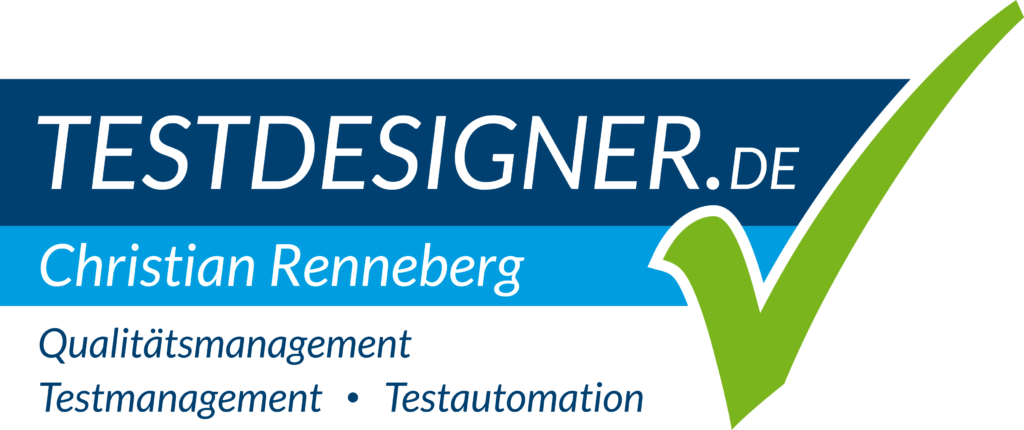
ndencies to identify potential security vulnerabilities, code smells, or other issues that could impact the quality and security of your software. These tools analyze the code without actually executing it, allowing developers to catch potential problems before they become major headaches. By incorporating static code analysis into your development process, you can ensure that the dependencies you rely on meet your organization's security and quality standards.nnThere are several popular static code analysis tools available, such as SonarQube, ESLint, and Bandit, which can be integrated into your development workflow. These tools can be configured to check for specific coding standards, security vulnerabilities, or performance issues, providing valuable feedback for developers to address potential problems early on. While static code analysis is not a silver bullet, it can significantly improve the quality and security of your software by identifying and addressing issues in your dependencies.nnDependency vulnerability scannersnAs the saying goes, "forewarned is forearmed." That's where dependency vulnerability scanners come into play. These tools scan your project's dependencies and alert you to any known vulnerabilities or security issues associated with them. By leveraging vulnerability databases and security advisories, these scanners can quickly identify if any of your dependencies have known vulnerabilities that need to be addressed.nnDependency vulnerability scanners can be integrated into your development pipeline, allowing you to automatically check for vulnerabilities every time you build or deploy your software. This proactive approach ensures that you are aware of any potential risks and can take appropriate action to mitigate them. Popular dependency vulnerability scanners include OWASP Dependency-Check, Snyk, and WhiteSource, each with its own set of features and integrations.nnDependency monitoring and alertsnKeeping track of the dependencies in your project can be a daunting task, especially as your codebase grows and evolves. That's where dependency monitoring tools come in handy. These tools help you track the versions and usage of your dependencies, providing insights into their health and maintenance status. By monitoring your dependencies, you can stay informed about updates, security patches, or any other changes that may impact your software.nnDependency monitoring tools can also provide alerts and notifications when new versions or security updates are available for your dependencies. This allows you to stay proactive in managing your dependencies and ensures that you are always using the most secure and up-to-date versions. Some popular dependency monitoring tools include Dependabot, Greenkeeper, and Renovate, which can integrate with your code repository and provide automated alerts and updates.nnAlternative libraries and frameworksnIn some cases, the best way to mitigate the risks associated with dependencies is to explore alternative libraries or frameworks. By diversifying your options, you reduce the reliance on a single library and minimize the impact of any vulnerabilities or maintenance issues that may arise.nnWhen considering alternative libraries or frameworks, it's important to evaluate their stability, community support, and security track record. Look for projects that are actively maintained, have a strong community behind them, and regularly release updates and security patches. Additionally, consider the documentation, code quality, and performance of the alternative options to ensure they meet your project's requirements.nnIn conclusion, managing dependencies is a critical aspect of software development, and there are several tools and strategies available to help you control and mitigate the risks associated with dependencies. By leveraging lockfiles, static code analysis, dependency vulnerability scanners, dependency monitoring, and exploring alternative libraries, you can ensure that your software remains secure and of high quality. Remember, the key is to be proactive in managing your dependencies and to regularly review and update them to address any potential issues that may arise.



